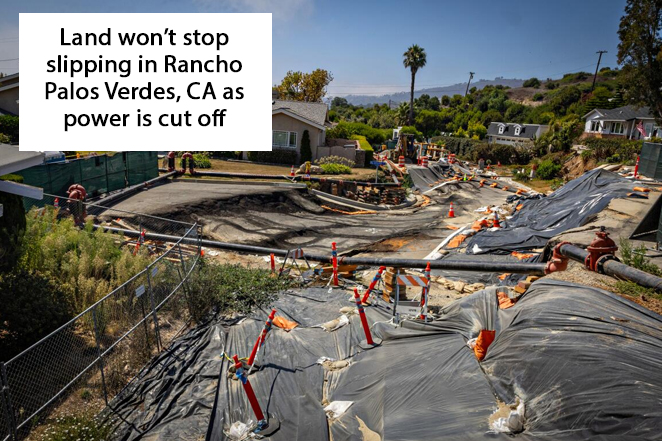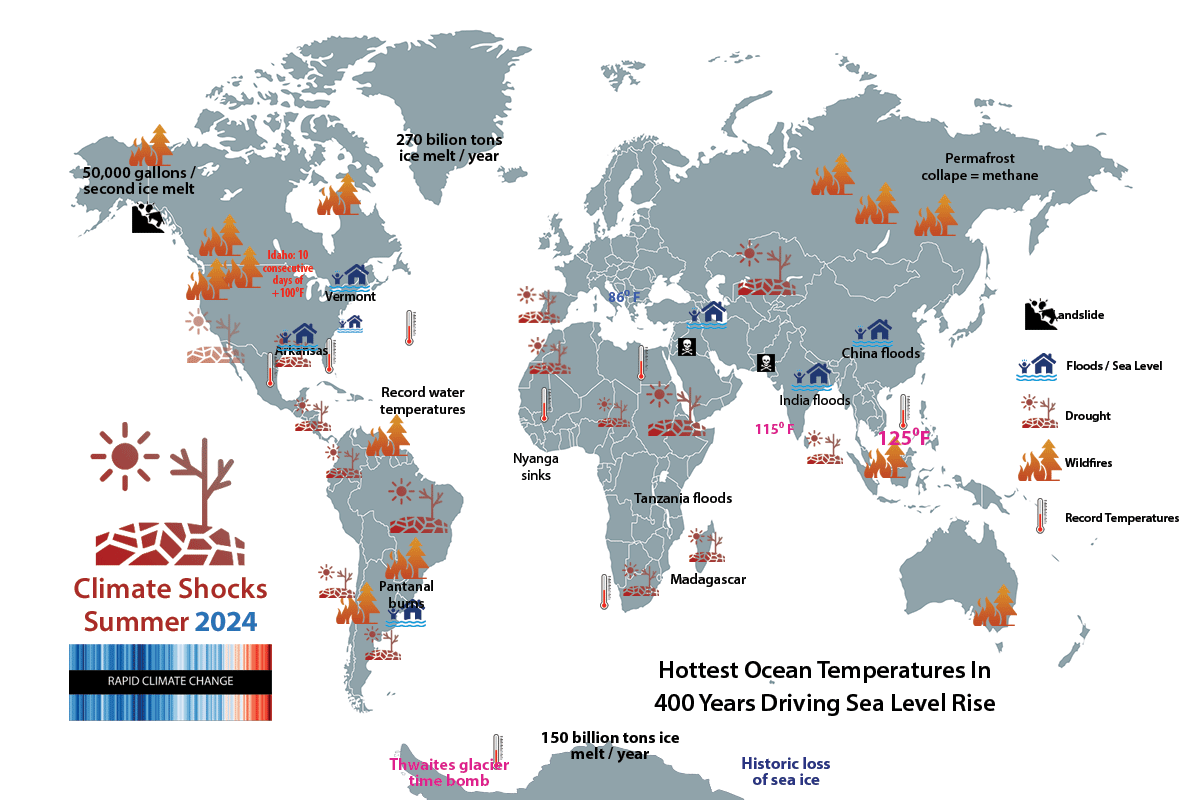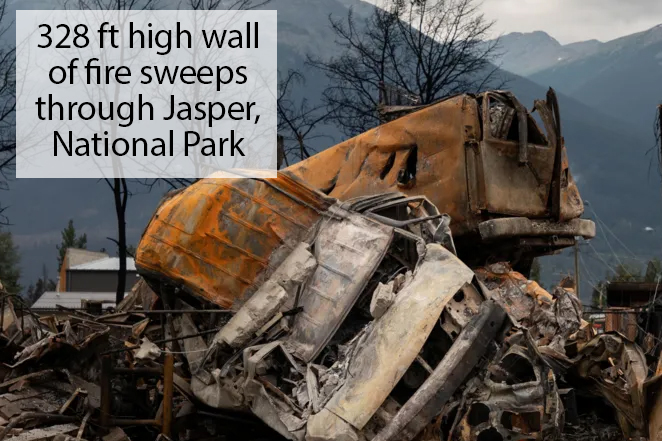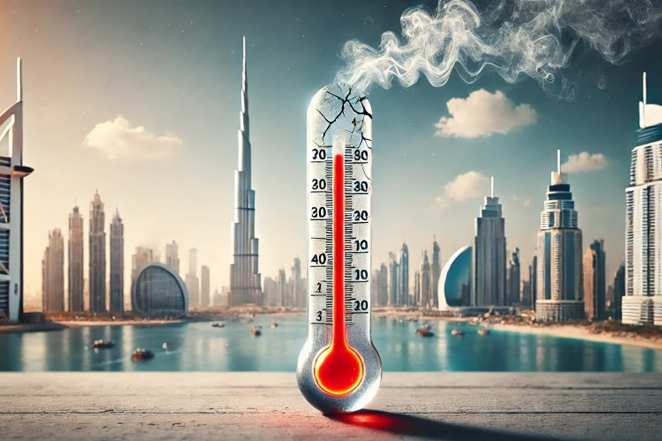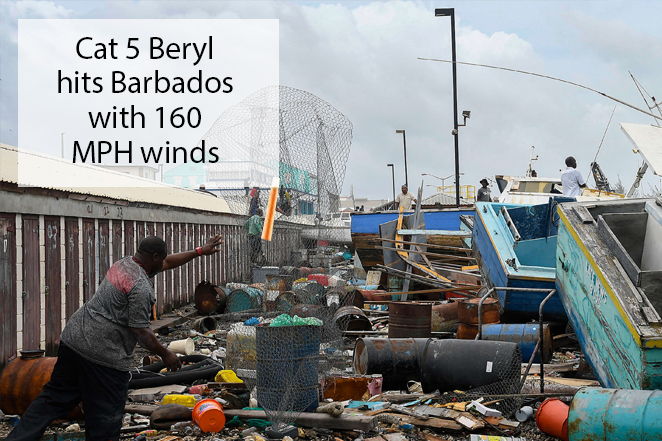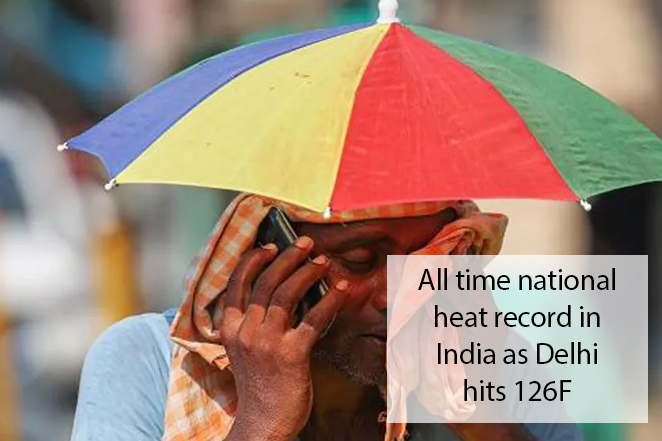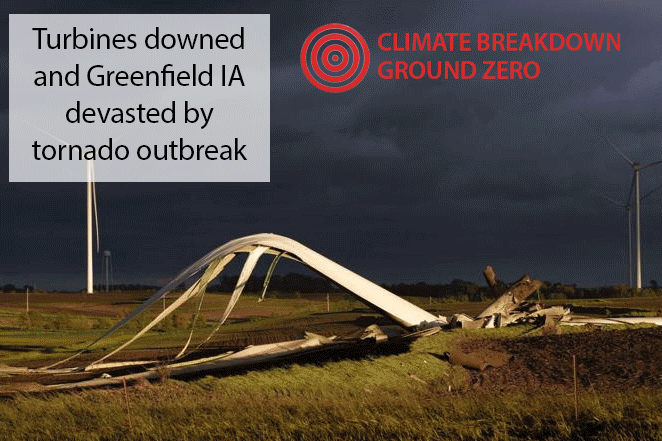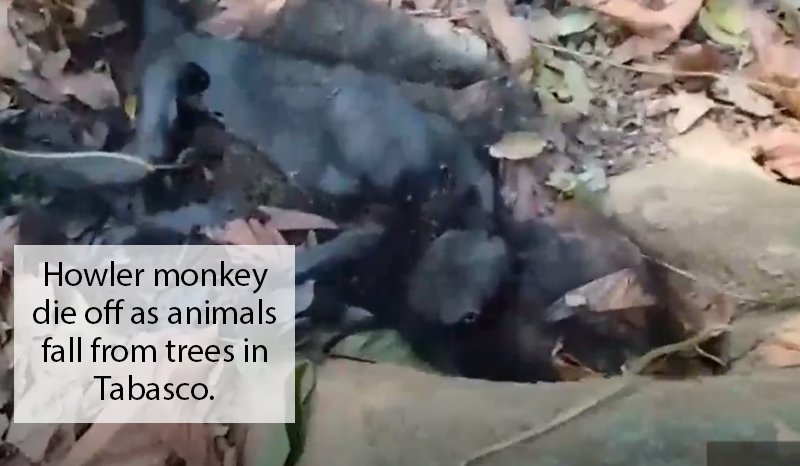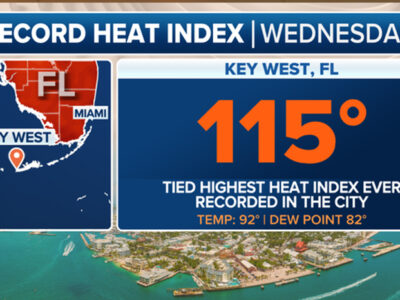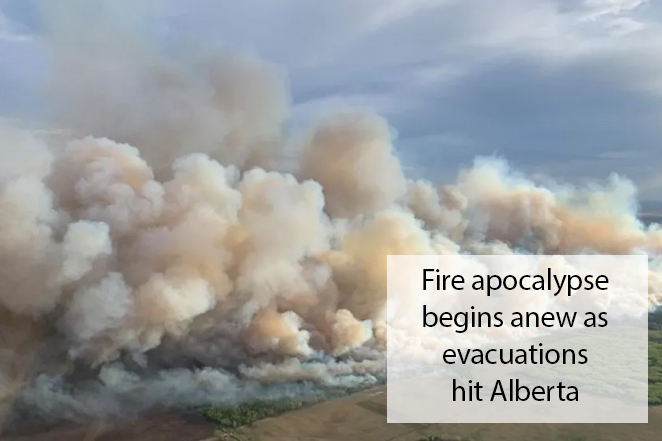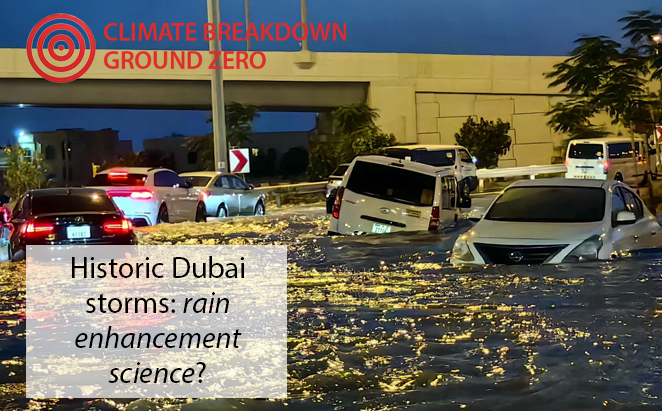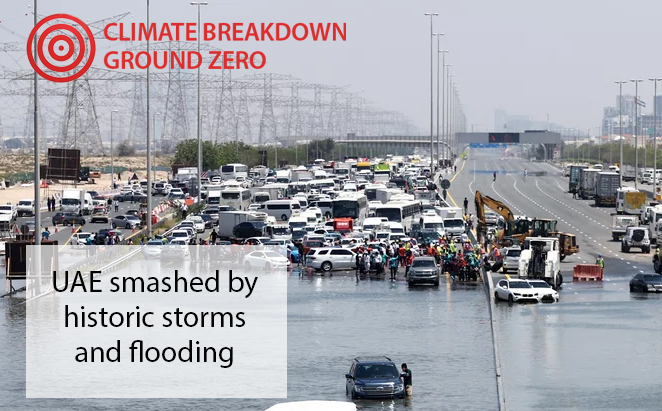Phoenix breaks new heat record with 106 days over 100°F
And 56 days over 110°F
South America & Amazon burning as never before
Half of Brazil is in an extended megadrought as other nations cut hydro
From Brazil’s Amazon rainforest to the world’s largest wetlands to super dry forests in Bolivia an unprecedented onslaught of wildfires is smashing all time records. Brazil’s space research agency Inpe reports 346,112 fire hotspots so far this year in all 13 countries of South America. This alarming statistic breaks the 2007 record of 345,322 hotspots. Even the capital was threatened, as flame erupted in Brasilia, destroying almost 5,000 acres in Brasilia National Park. The city was covered in smoke, schools were canceled and hundreds of millions in crops were lost.
Ecuador has cut power to half the country due to extreme drought. Colombia was fighting out of control burns across seven states. Bolivia has declared a national emergency.
“It’s a hurricane of flames!”
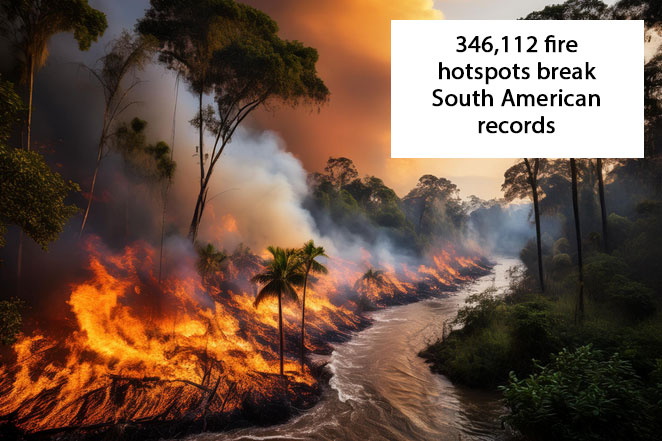
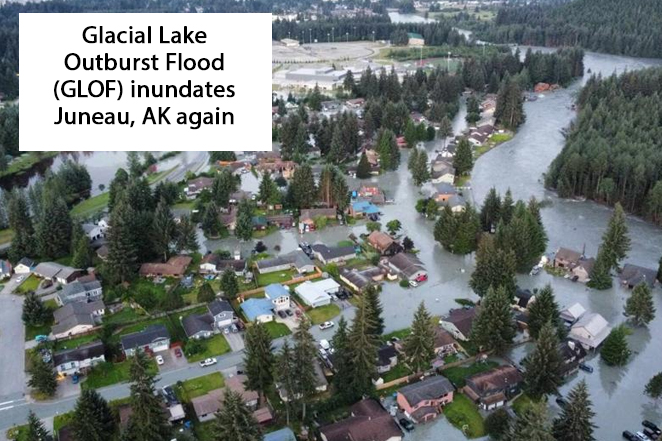
Flash glacier outburst flood in Juneau as GLOF events increase globally
In a repeat of a 2023 catastrophe, an “outburst flood” from the Mendenhall Glacier has sent millions of gallons of rock and water into a neighborhood in Juneau. About 100 homes were evacuated and a state of emergency was declared. According to authorities, shocked residents managed to swim out of their homes in the middle of the night.
Two miles from the end of the Mendenhall Glacier, ice dams blocks Suicide Basin valley, an open space left after the glacier melted away. GLOFs originating from Suicide Basin have occurred annually but flooding has worsened in recent years. Record flood levels were set both last year and this year.
For the past decade, the valley has filled with rain and meltwater as the glacier recedes. Then the water burrows a tunnel into the ice dam, which eventually breaks through and pouring into the city below.
As glaciers melt at a frenetic pace new lakes back up behind newly formed ice dams in the Andes, Alps and Himalayas. When the dams break, the water rushes downstream, often in a cataclysmic flood. These floods have become more common as global warming causes rapid melting of glaciers around the world.
200,000 displaced in latest Nigeria flooding
Hundreds dead after weeks of torrential rains and floods
Weeks of flooding have killed nearly 200 people in Nigeria and washed away homes and farmlands, the country’s disaster management agency said, further threatening food supplies, especially in the hard-hit northern region.
The floods have destroyed 107,000 hectares of essential in the north, the source of much of the country’s ag output. Nigeria has the highest number of hungry people in the world, with 32 million — 10% of the global burden — facing acute hunger.
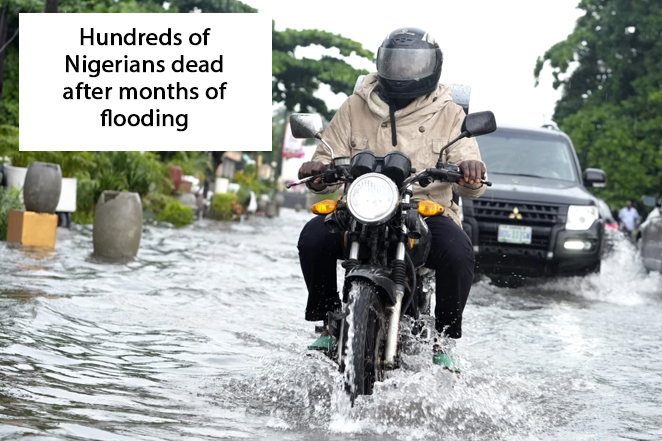
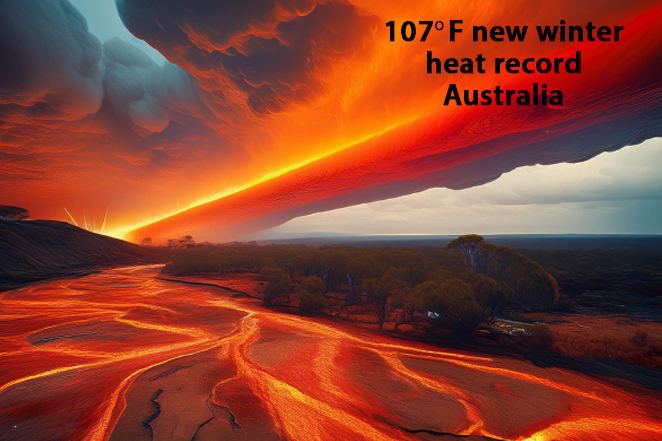
107°F breaks record as Australian winter ends with large scale heat event
Hottest ever winter temperature recorded down under
The temperature is the hottest every recorded on the continent for any winter month (which as a reminder, is the seasonal opposite of the Northern Hemisphere).
Records are also being broken in Queensland, Western Australia, Northern Territory and New South Wales.
“It doesn’t matter how you slice and dice it…The temperature records have been gobsmacking.” – Dr Linden Ashcroft, the University of Melbourne.
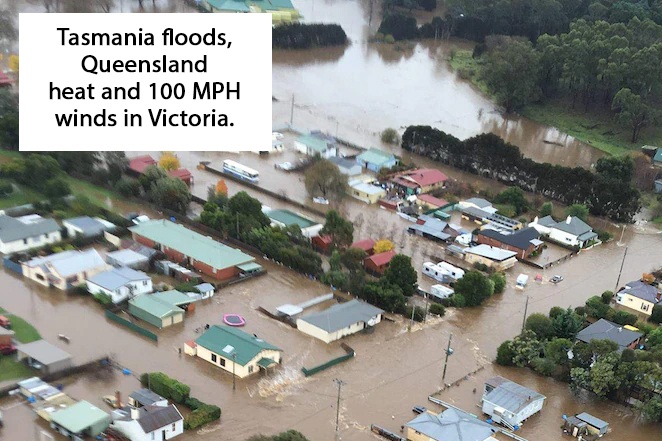
Australia land hurricane turns deadly as winds top 100 MPH
Derecho, hurricane forces winds have killed at least one in Victoria State, a heat wave is driving bushfire in Queensland and Tasmania is under water as Australia undergoes a triple climate event.
Monday saw with record flooding in Tasmania, an emergency bushfire in NSW, and more than 600 houses damaged by wind in Victoria.
In Queensland, firefighters are continuing to fight bushfires in the Scenic Rim in the state’s south-east. Residents near Kerry Road have been told to prepare to leave as hot and dry weather are creating “perfect” conditions for bushfires, the state firefighting service said.
Land continues collapsing in Rancho Palos Verdes as power is cut
Electricity has been cut to hundreds of residents of Rancho Pales Verdes, CA as landslides in the area continue to occur without warning.
“There is no playbook for an emergency like this one,” – L.A. County Supervisor Janice Hahn.
The moving land that is creating a danger to electrical equipment in the area, according to Southern California Edison. While hundreds of homes are affected, but most are expected to be temporary shut offs. However about 20 homes in Seaview will be losing power “indefinitely.” Gas company officials said the area continues to experience significant new land movement damaging roads, homes and further threatening the safety of SoCalGas’ infrastructure
The crisis is over a year old, as massive landslumps have accelerated on about 700 acres as a delayed reaction to heavy rains from spring 2023.
“This is bigger than Rancho Palos Verdes. This land movement is so gigantic and so damaging, that one city should not have to bear the burden alone.“
